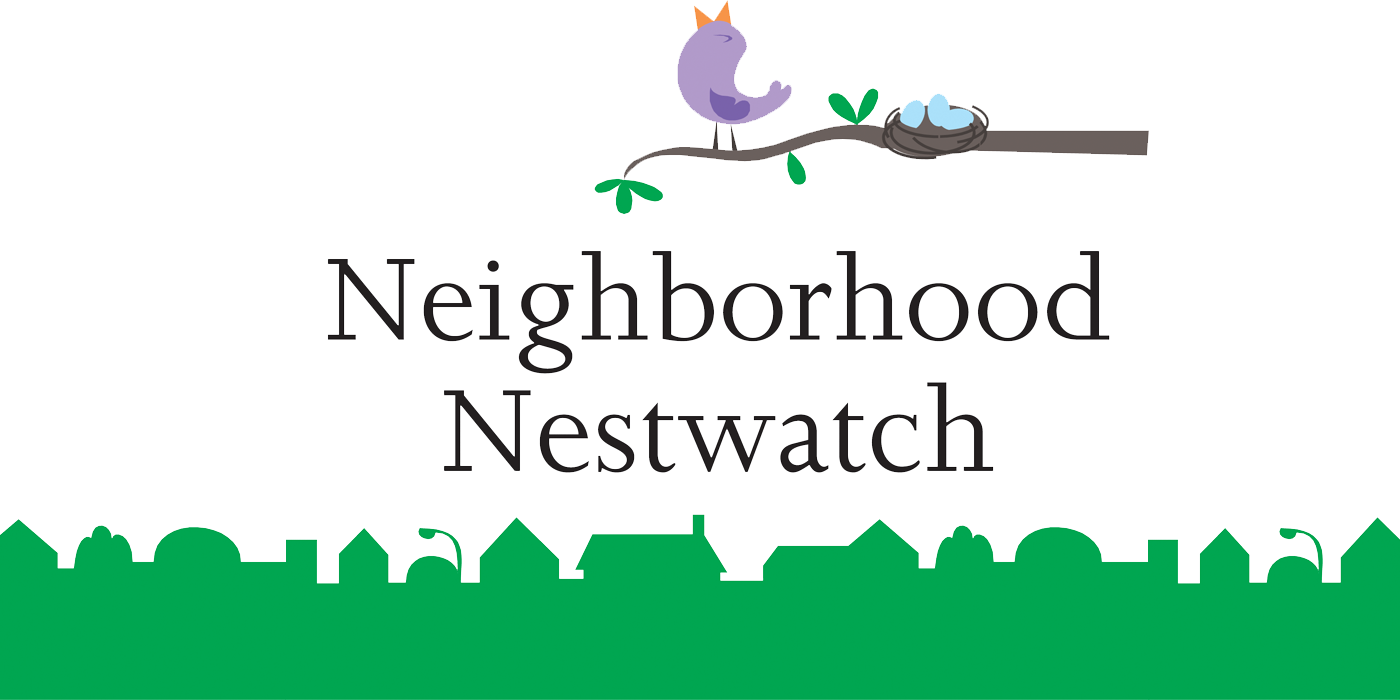About Neighborhood Nestwatch

Habitat degradation in and around cities is a widespread threat to wildlife, including migratory birds. At the same time, people living in these areas risk becoming further detached from the natural systems on which they depend. Neighborhood Nestwatch is an innovative way to study the effects of rapid development on wildlife, while also educating citizens about the scientific process and human impact on wildlife.
Accessing private properties in the course of urban ecology studies can be a major obstacle. Neighborhood Nestwatch overcomes this through its "house-call" approach, where each backyard or schoolyard involved becomes an outdoor classroom and research site. Participants are not only inspired to learn about local wildlife, but are also mentored to become citizen scientists in their own neighborhoods.
Nestwatch focuses on two basic life-history traits: annual survival and reproductive success. During an annual site visit, where scientists visit participants, birds are temporarily captured and then released. Their measurements are taken, a unique combination of color bands are placed on their legs and their nests are located. The colored bands allow participants to easily recognize a bird that returns to the yard.
After a site visit, participants keep track of the birds they re-sight. The data they collect reflects how long a bird lived in their yard and the surrounding area. Data recorded about a bird's nest sheds light on how well birds are able to reproduce within an area. By submitting their observations, participants help Smithsonian Migratory Bird Center scientists understand how successfully different species are surviving across a range of environments that are impacted by people.
Read about an actual backyard site visit to learn more about Neighborhood Nestwatch.